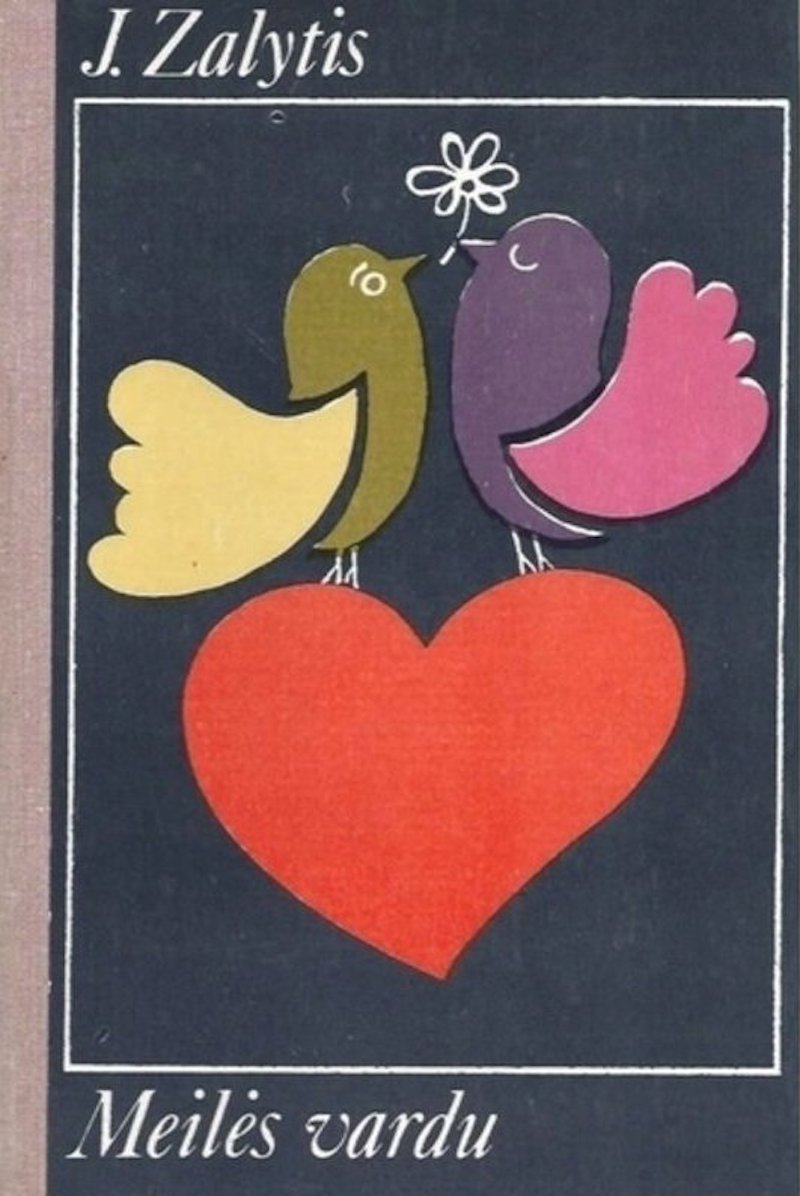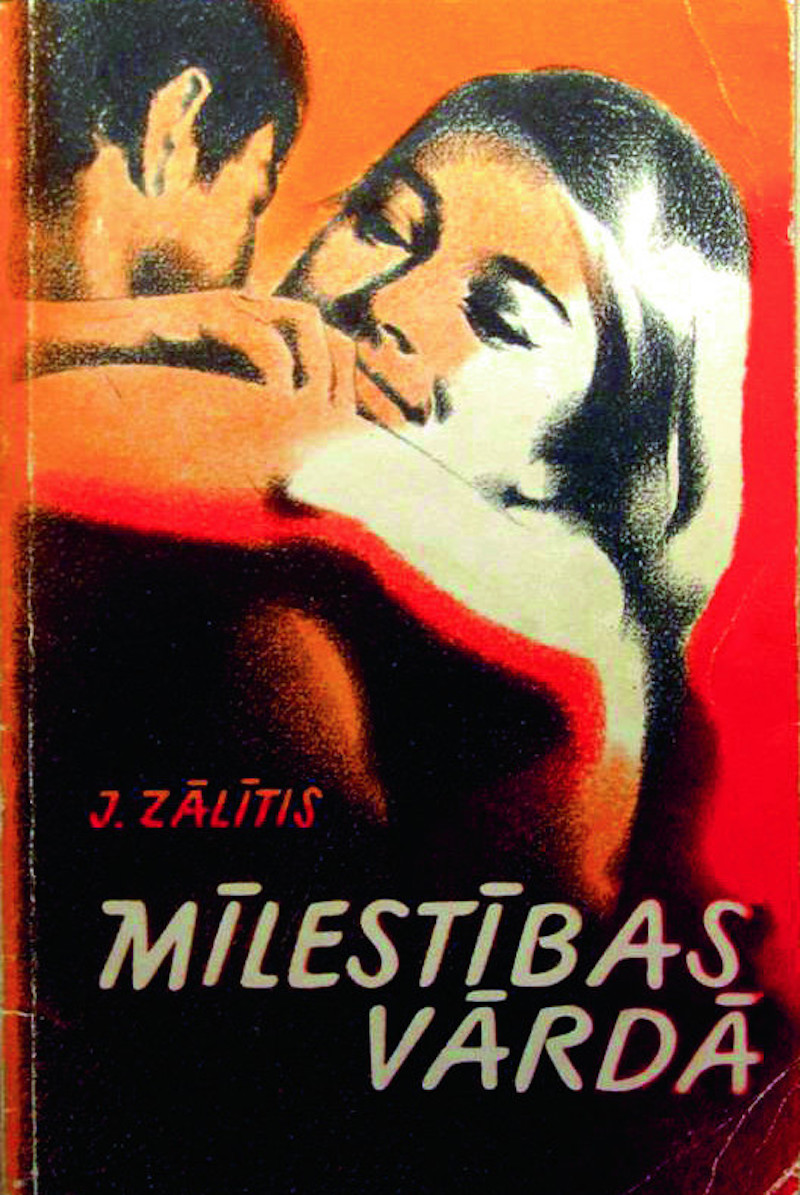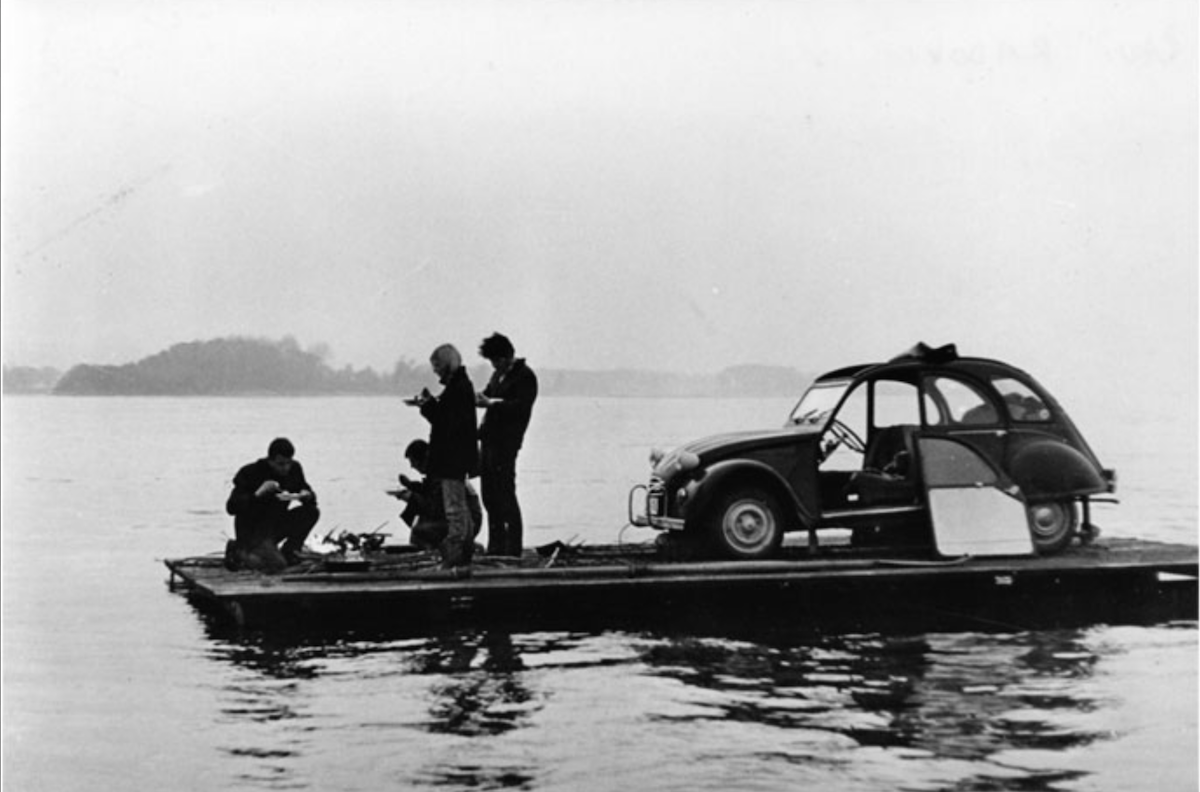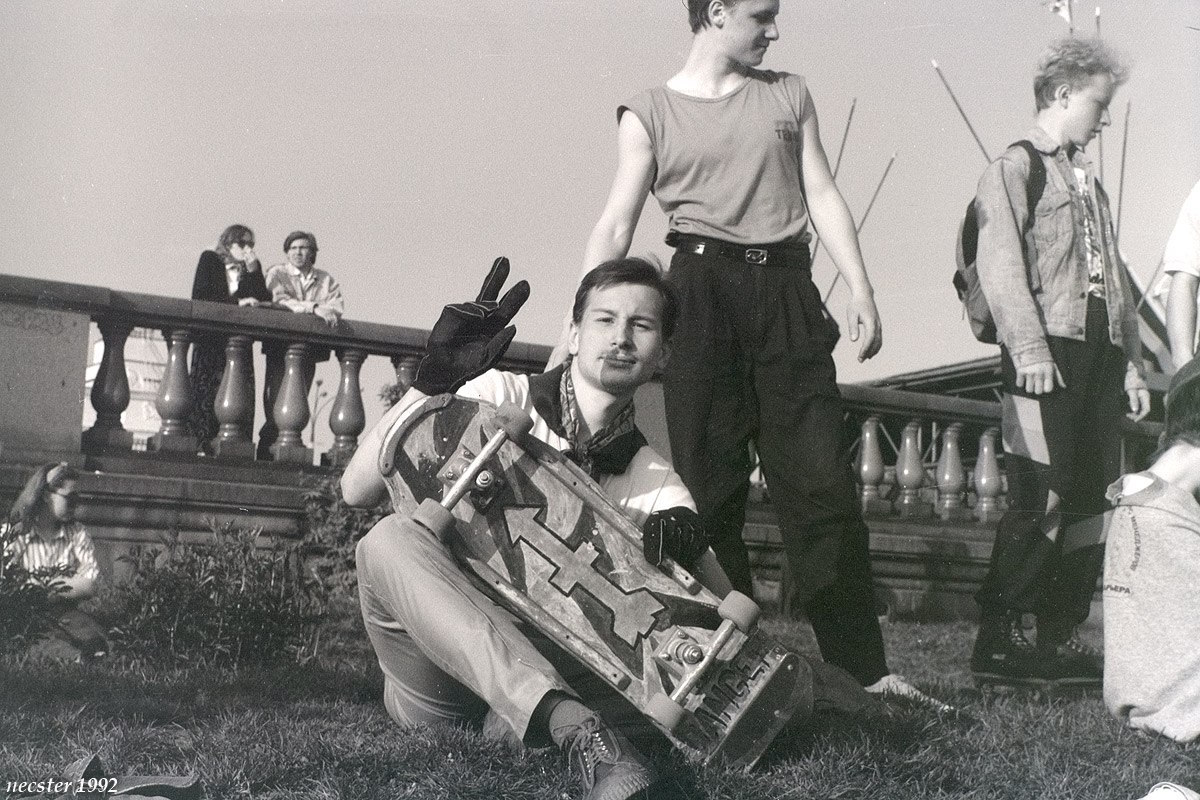In the Name of Love: the story behind the erotic Latvian self-help guide that brought sex to the USSR
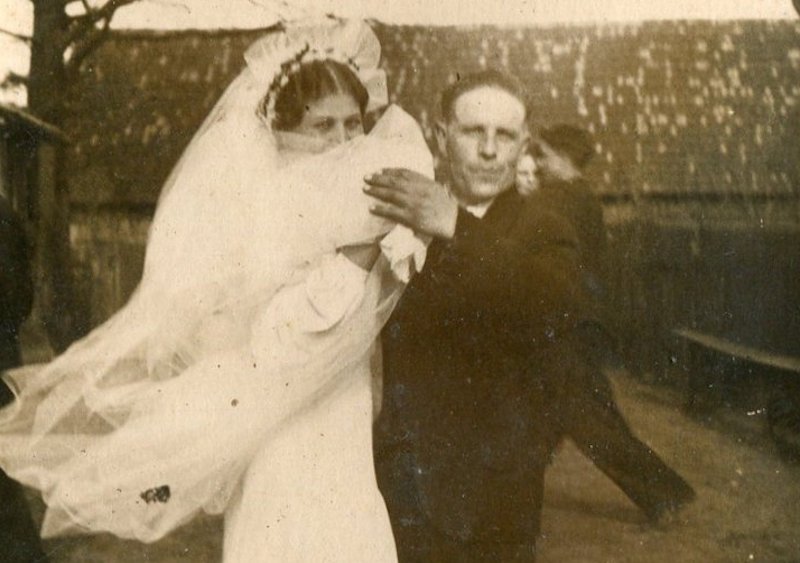
Squamish Soviet censors kept sex out of the public sphere in the USSR until the late 1980s, leaving young couples to navigate the often difficult world of intimacy on their own. Then, away from the more traditional Soviet heartlands, a doctor and sexologist based in Latvia was commissioned to create a self-help guide for newlyweds: a small act of rebellion that would hint at changing tides.
It was during a link-up between Soviet and American TV studios back in 1986 that Moscow audience member Lyudmila Ivanova blurted the words that would make her famous. “We don’t have sex in the USSR!”, she told the cameras. “We are strongly against it!”
Ivanova‘s words stuck. Over the years, the phrase has become an oft-quoted indication of the prudish nature of the Soviet state. But Ivanova was both misquoted and mistranslated. What she had meant to say was something different entirely: that sex was non-existent in the public sphere.
While there was plenty of advice on how to bring up children or how to make a home, there were very few references to the sexual act in books or magazines. Descriptions of the physical side of love were frowned upon in Soviet literature, and until the very end of the 1980s, there were no sex scenes in films. And while books like Alex Comfort’s Joy of Sex had been ubiquitous in British and American bedrooms since the early 1970s, there was no such thing as a Soviet sex manual.
Unless, that is, you lived in the Soviet Republic of Latvia. In 1981, the Rīga surgeon Jānis Zālītis had published In the Name of Love (Mīlestības Vārdā): the first-ever guide to sex in the USSR. Written in Latvian, it had been commissioned by local authorities eager to address the lack of popular literature devoted to what their citizens got up to between the sheets.
While the book battled a bumpy road to publication, it enjoyed massive popularity in both the Latvian and Lithuanian Soviet republics — demonstrating yet again that events in the Soviet Union’s Baltic fringes often ran far in advance of the imperium’s conservative heartlands.
When Bolshevism first took hold of the former Tsarist Empire, it seemed to be a charter for sexual liberation. It brought a trenchant critique of the bourgeois institution of marriage, a rejection of Christian morality, and a loosening of behavioural norms: abortion and divorce were legalised and regulated, while same-sex relationships were also decriminalised.
But conservative attitudes reasserted themselves in the Stalinist 1930s, as raising the country’s birth-rate and enforcing social discipline became more important than individual freedom. The role of Soviet woman as mother and child-rearer was given heroic emphasis. Sex education was virtually non-existent, and the study of sexual behaviour was not considered to be an intellectual priority.
It was only in the 1960s that officials began to recognise Soviet citizens not just as raw material for the building of socialism, but private individuals with leisure interests and intimate lives.
Sex education brochures began to appear, although these resembled dry biology textbooks with little to say about coupledom’s physical pleasures. Breakthroughs were modest: V. Chekalin’s Love and Family, published in Moscow in 1964, aimed to help young people prepare for the emotional reefs of adult life — but didn’t mention the role of sex at all.
Not everybody in the USSR was satisfied by this approach. Dissident scientist and exile Mikhael Stern argued in his 1980 book, Sex in the USSR, that something akin to a sexual revolution had occurred in the Soviet Union in the 60s and 70s — it was just that the central authorities were woefully slow in recognising it.
A Latvian wedding in the 1940s. Image: Europeana/Latvian National Library under a CC licence
Thus, it was party members in a western republic far from Soviet centres of power who took the first steps to address this situation. Latvian officials approached several local researchers with the idea of producing a book that would deal with sex in a more contemporary, accessible way.
The man who took up the challenge was Rīga surgeon and psychotherapist Jānis Zālītis. Born on the Latvian-Estonian border in 1933, he was a colourful figure who combined a career as one of the nation’s leading oncologists with the passionate advocacy of psychoanalysis and hypnosis — neither of which were considered entirely respectable by the Soviet medical establishment. He was a graduate of the Medical University of Tomsk, one of the few institutions where psychoanalysis was taken seriously, and practiced in the treatment of Red Army veterans. Zālītis would later make great play of Tomsk’s Siberian setting, claiming to have once met a shaman in the tundra who entrusted him with his healing powers.
Returning to Latvia, Zālītis went on to specialise in bowel cancer, using a novel mixture of surgery, psychotherapy and hypnosis to treat his patients. Such methods were considered highly unorthodox, but seemed to yield good results. Indeed Zālītis’s use of hypnosis as a healing tool made him something of a cult figure in the Rīga of the 1970s. He gave private consultations to the Latvian elite; all manner of professionals, cultural figures and party members came knocking at his door.
In a modern world with no religious or class-based reasons to hold families together, Zālītis argued, love was the only thing to really fall back on. And love would never be enough on its own — unless there was adequate sex-education to go with it
Zālītis’s interest in sexology was spiked when he took part in a research project investigating incidences of various cancers in the Latvian countryside. By becoming interested in the pattern of patients’ lives in general, Zālītis became aware that an individual’s sex life frequently had a major impact on their general wellbeing. Simply put, the more satisfying a person found their intimate life, the more likely they were to be happy overall.
When Zālītis finally sat down to write his book, he decided to begin with a plea for better education. In a modern world with no religious or class-based reasons to hold families together, he argued, love was the only thing to really fall back on. And love would never be enough on its own — unless there was adequate sex-education to go with it. Despite its rather conservative, pro-marriage message, Zālītis’s introduction was extremely novel in Soviet terms because he treated the physical side of human intimacy as something to be celebrated and explored. Typical chapter headings included, “The eroticisation of married life: one of the sources of family strength”.
A Latvian wedding party in the 1940s. Image: Europeana/Latvian National Library under a CC licence
Later sections of the book also broke plenty of new ground. He explained the role of erogenous zones, and ran through some key love-making positions and descriptions on how stimulating they might be. Zālītis was acquainted with the work of Western sexologists, but was skeptical about their approach. The researches of Masters and Johnson (whose ground-breaking 1966 study Human Sexual Response subjected the sexual act to laboratory observation) were, for him, far too focused on gratification and technique. That path, he argued, led to pornography, prostitution, and a capitalist free market of the sensations. Zālītis preferred to focus on the relationships that lay behind them.
When In the Name of Love was finally published in 1981, the original print-run of some 99,000 copies sold out within days. A reprinted version — this time, with all-important graphic illustrations — was published with 75,000 copies one year later. A large proportion of both editions was acquired by the Latvian central registry office, so that they could be given out to newlyweds. When officials in Moscow saw the second edition of the book, however, they focused on the pictures rather than the text (which was in any case in Latvian, and therefore unintelligible). They somewhat hastily dismissed the book as a work of pornography, and Latvian authorities felt compelled to have the second edition destroyed. But not everyone was quite so willing to give up the book. The local registry office in the town of Ogre claimed they had already distributed all their copies and refused to give any back. This canny act of subterfuge subsequently entered Latvian folklore as one of the many ways in which Soviet power was frustrated at local level.
Later Latvian editions did appear, with soft-focus photographs of naked women replacing the controversial illustrations. In the Name of Love went on to become the kind of book that every Latvian household had to own (even if not on open display on the living-room bookshelf). A Lithuanian translation appeared in 1985 and was an equally huge success, although the book continued to be regarded with suspicion in Moscow, and never appeared in Russian.
The one subject on which Zālītis was most shockingly old-fashioned was that of homosexuality, a phenomenon which he considered to be the product of nurture, bad influences or childhood trauma rather than a natural orientation. He viewed queer attraction as a social ill on the same level as alcoholism or gambling, something that could be treated by modern psychiatry (a view, it must by said, that was shared by many of Zālītis’s western colleagues at least until the 1970s). Zālītis went so far as to suggest that homosexuality could be cured through hypnosis — providing that the hypnotist was a member of the opposite sex.
Such weaknesses aside, it is difficult to underestimate the book’s impact on Latvian readers. It was of great practical help to people curious about sex who had up until now nowhere to go for information. Not only was there a lack of adequate sex education in Soviet schools, there was also a lack of the popular-magazine advice columns and relationship content that we nowadays take for granted. For Latvians, the book also meant sex education in their own language, from someone who knew their cultural codes; it wasn’t a translated handbook written by a Soviet academician or a western publicist, but a product of local culture.
The extent to which In the Name of Love liberalised the landscape of Soviet Latvia is difficult to ascertain. However, it is clear that the book provided the platform for freer discussion once Mikhail Gorbachev’s policy of Glasnost led to an unfreezing of the media landscape in the late 1980s. In 1988, Latvian children’s magazine Zīlīte took the extraordinary step of publishing a sex education special, complete with a comic-strip narrative explaining how babies were made. That in turn prompted Latvian literary magazine Avots (itself a ground-breaking publication that frequently challenged the Kremlin’s grip on culture) to publish a special “erotic” issue, intended as an open challenge to Soviet prudishness. Zālītis himself, by now a well-known figure in Latvian popular culture, wrote occasional teenage advice columns for youth magazine Liepsna (“The Flame”).
Zālītis remains one of the most compelling figures in recent Latvian history, a pioneer who played a key role in a decade of great social and political change. Following the break-up of the USSR, he went on to write many more books about both sex and hypnosis, and established a retreat in the village of Rauna, northeast of Rīga, where people came to be cured of alcohol and gambling addictions. He was never fully accepted by mainstream medical opinion, however, partly due to his risqué reputation as a sexologist but also because of his increasingly controversial ideas about the powers of hypnosis – notably his belief that it would stimulate the body’s ability to fight viruses without the use of drugs. He died in 2007.
Guests attend a Latvian wedding in the 1950s. Image: Europeana/Latvian National Library under a CC licence
But Latvia was not the only nation to tackle Soviet prudishness. Many counries in the Eastern Bloc were also ahead of the curve. In Poland, Kazimierz Imieliński was a leading figure in a small group of scientists researching sexual behaviour and developing sexology as an interdisciplinary field of study. He wrote a number of books on sex aimed at the general reader, although it was Michalina Wisłocka’s Sztuka Kochania (“Art of Loving”) that become ubiquitous in Polish homes. Wisłocka’s book was written in the 1960s, but delayed by publishers until 1976 — by which time most people had already read it in samizdat. East German sexologist Siegfried Schnabl’s 1969 manual Mann und Frau Intim was a best-seller in East Germany and also in Bulgaria, where it was published in 1979. In non-aligned Yugoslavia, locally-produced pornographic magazines were a regular sight on the news-stands. Even socio-political magazine Start, a mainstay of the Zagreb media scene in the 1980s, put a topless model on its front cover.
Today, all of these books — and particularly Zālītis’ famous sex manual — are seen as pivotal gestures which, while not exactly expressing anti-Soviet disobedience, at least revealed the dysfunctional elements of a system unsuited to dealing with change. As the 1980s progressed the Baltic republics of Latvia, Lithuania and Estonia increasingly turned the regime’s emerging cracks into fields of independent action, a process that culminated in a widespread citizen’s revolt against the Soviet occupation. In the Name of Love may not have led directly to the downfall of the Soviet Union — but it would be a mistake to leave it out of the story.
